Home>Garden Essentials>What Does Astro Turf Mean
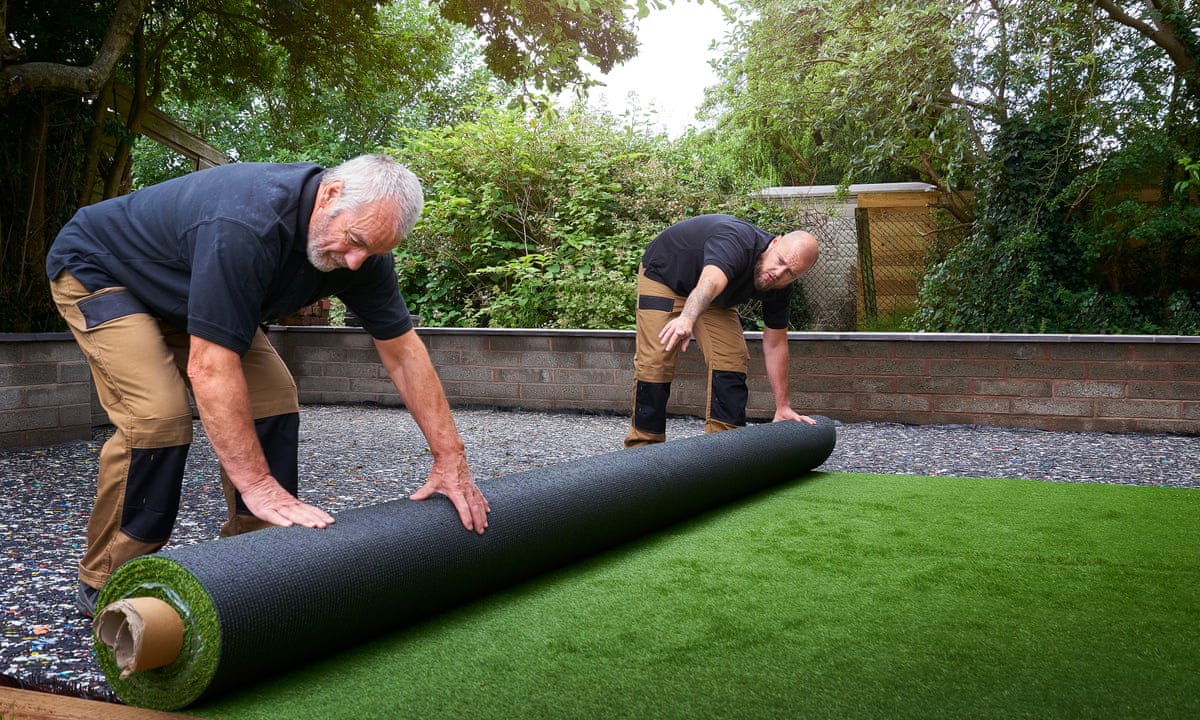

Garden Essentials
What Does Astro Turf Mean
Modified: September 2, 2024
Learn what Astro Turf means and how it can enhance your garden. Discover the benefits and uses of Astro Turf for your outdoor space.
(Many of the links in this article redirect to a specific reviewed product. Your purchase of these products through affiliate links helps to generate commission for Storables.com, at no extra cost. Learn more)
**
Introduction
**
Welcome to the fascinating world of artificial turf, commonly known as Astro Turf. Whether you're a gardening enthusiast, a sports aficionado, or simply someone looking to explore innovative landscaping solutions, Astro Turf is a topic that piques curiosity and offers a myriad of insights. In this article, we'll delve into the meaning, history, uses, and environmental impact of Astro Turf, uncovering the layers of its significance and shedding light on its diverse applications.
Astro Turf, a synthetic alternative to natural grass, has revolutionized the way we perceive and utilize outdoor spaces. From sports fields to residential lawns, its versatility and durability have made it a compelling choice for various settings. As we embark on this exploration, prepare to gain a comprehensive understanding of Astro Turf, its evolution, and the implications of its widespread adoption. So, let's embark on this enlightening journey and unravel the essence of Astro Turf.
Key Takeaways:
- Astro Turf, also known as artificial turf, is a synthetic grass alternative designed to mimic the look and feel of real grass. It’s durable, low-maintenance, and widely used in sports fields and landscaping.
- While Astro Turf offers benefits like water conservation and reduced maintenance, its environmental impact raises concerns about production, disposal, and biodiversity. Balancing its advantages with ecological considerations is crucial.
Read more: What Are The Alternatives To Astro Turf?
Definition of Astro Turf
Astro Turf, also known as artificial turf or synthetic grass, is a manufactured surface designed to resemble natural grass. It is typically made from synthetic fibers, including polyethylene, polypropylene, or nylon, and is constructed to mimic the look and feel of real grass. This engineered turf offers a practical and visually appealing alternative to traditional grass lawns, providing a low-maintenance solution for a variety of outdoor spaces.
One of the defining characteristics of Astro Turf is its ability to withstand heavy use and adverse weather conditions while maintaining its lush appearance. This resilience makes it an ideal choice for sports fields, playgrounds, and high-traffic areas where natural grass may struggle to thrive. The development of Astro Turf has evolved significantly over the years, leading to the creation of advanced synthetic turf systems that closely emulate the texture, color, and performance of natural grass.
Artificial turf is available in different pile heights, textures, and colors, allowing for customization based on specific aesthetic and functional requirements. Whether it’s for landscaping, recreational purposes, or professional sports facilities, Astro Turf offers a versatile and durable surfacing solution that requires minimal upkeep compared to natural grass.
As we continue to explore the world of Astro Turf, it’s essential to recognize the ingenuity behind this synthetic alternative and the multitude of benefits it brings to diverse environments. From enhancing outdoor spaces to providing a reliable playing surface, the definition of Astro Turf encompasses innovation, practicality, and the seamless fusion of technology and nature.
History of Astro Turf
The evolution of Astro Turf is a captivating journey that intertwines technological innovation, sports culture, and landscaping practices. The origins of artificial turf can be traced back to the mid-20th century, marked by a compelling quest to create a reliable and low-maintenance alternative to natural grass. The development of Astro Turf was driven by the need for all-weather playing surfaces, particularly for sports such as football, soccer, and baseball, where inclement weather and heavy use often posed challenges for maintaining natural grass fields.
The pivotal moment in the history of Astro Turf can be attributed to the collaboration between researchers, engineers, and entrepreneurs. In the 1960s, a team of scientists led by Dr. David Chaney at the Chemstrand Company, a subsidiary of Monsanto, embarked on a groundbreaking endeavor to engineer a synthetic surface that could emulate the characteristics of natural grass. This endeavor culminated in the creation of the first generation of Astro Turf, which made its debut at the Houston Astrodome in 1966, thus giving rise to the term “Astro Turf.”
The introduction of Astro Turf at the Astrodome marked a significant milestone in the history of sports and landscaping. It not only provided a solution to the challenges of maintaining natural grass in indoor stadiums but also sparked a paradigm shift in the way sports facilities and outdoor environments were designed and utilized. The success of Astro Turf at the Astrodome paved the way for its widespread adoption in various sports arenas, recreational spaces, and residential landscapes, revolutionizing the concept of outdoor surfacing.
Over the decades, the development of Astro Turf has undergone continuous refinement and enhancement, leading to the creation of advanced synthetic turf systems that offer improved aesthetics, durability, and performance. Today, Astro Turf stands as a testament to human ingenuity and the seamless integration of technology and nature, catering to a diverse range of applications and evolving to meet the evolving needs of modern outdoor spaces.
As we reflect on the history of Astro Turf, it becomes evident that its journey is intertwined with the pursuit of innovation, sustainability, and the relentless quest to redefine the possibilities of outdoor surfacing. From its humble beginnings to its present-day ubiquity, Astro Turf continues to shape the landscapes of our urban and recreational environments, leaving an indelible mark on the way we interact with outdoor spaces.
Astro turf refers to artificial grass used in sports fields and landscaping. It is low maintenance and can withstand heavy use, making it a popular choice for outdoor areas.
Uses of Astro Turf
The versatility of Astro Turf extends far beyond its initial application in sports arenas, encompassing a diverse array of uses that highlight its adaptability and practicality in various settings. From professional sports facilities to residential landscapes, Astro Turf has found its place as a reliable and visually appealing surfacing solution, offering a host of benefits that cater to different needs and preferences.
One of the primary uses of Astro Turf is in sports fields and stadiums. It has become synonymous with all-weather playing surfaces for sports such as football, soccer, rugby, and field hockey, providing consistent and durable turf that can withstand intense use and varying weather conditions. The uniform playing surface offered by Astro Turf enhances player performance and reduces the risk of injuries, making it a preferred choice for professional and recreational sports activities.
Beyond sports, Astro Turf has also made a significant impact in the realm of landscaping and outdoor design. Residential properties, commercial developments, and public spaces have embraced artificial turf for its ability to create lush and manicured lawns without the need for extensive maintenance. Its aesthetic appeal, coupled with its low-maintenance nature, has positioned Astro Turf as a practical alternative to natural grass, particularly in regions with challenging climate conditions or water conservation concerns.
Furthermore, Astro Turf has found applications in playgrounds, rooftop gardens, and indoor recreational areas, offering safe and resilient surfacing that can withstand heavy foot traffic and play activities. Its adaptability to diverse environments and its capacity to maintain its visual appeal over time make it a desirable choice for creating inviting and functional outdoor spaces.
Another notable use of Astro Turf is in landscaping solutions for urban environments and commercial developments. From rooftop terraces to public parks, artificial turf provides a green and inviting ambiance without the need for extensive irrigation or maintenance, contributing to sustainable and visually appealing outdoor spaces in urban settings.
As we explore the uses of Astro Turf, it becomes evident that its applications span a broad spectrum, catering to the demands of sports, landscaping, recreation, and urban design. Its ability to offer a resilient, aesthetically pleasing, and low-maintenance surfacing solution has solidified its position as a versatile and valuable asset in the realm of outdoor environments.
Environmental Impact of Astro Turf
The environmental implications of Astro Turf encompass a complex interplay of factors that warrant careful consideration, especially in the context of sustainable landscaping and resource conservation. While artificial turf offers a range of benefits, including water conservation, reduced maintenance, and all-weather functionality, its environmental impact raises important questions regarding its long-term sustainability and ecological footprint.
One of the key considerations in assessing the environmental impact of Astro Turf is its contribution to resource conservation. By eliminating the need for regular watering, mowing, and chemical treatments associated with natural grass lawns, artificial turf presents a compelling case for water conservation and reduced reliance on fossil fuels for maintenance equipment. This aspect aligns with efforts to promote sustainable landscaping practices and mitigate the environmental impact of traditional lawn care.
However, the production and disposal of synthetic turf materials raise concerns about their ecological footprint. The manufacturing processes involved in producing artificial turf, which often utilize non-renewable resources and chemicals, can contribute to carbon emissions and environmental pollution. Additionally, the end-of-life management of worn-out or replaced Astro Turf poses challenges related to recycling and waste management, as the materials used in synthetic turf may not be readily biodegradable or recyclable.
Furthermore, the heat retention properties of Astro Turf, particularly in urban areas, can impact local microclimates and contribute to the urban heat island effect. Unlike natural grass, which provides cooling through evapotranspiration, artificial turf surfaces can absorb and retain heat, potentially influencing ambient temperatures and energy consumption in built environments.
Another aspect of the environmental impact of Astro Turf pertains to its role in biodiversity and ecosystem services. While natural grass lawns support diverse ecological communities and contribute to soil health and carbon sequestration, artificial turf may not offer the same level of ecological benefits. The potential displacement of natural habitats and the reduction of green spaces in urban areas due to the widespread installation of artificial turf raise questions about its implications for biodiversity and ecosystem resilience.
As we navigate the complexities of the environmental impact of Astro Turf, it becomes evident that a nuanced approach is essential in evaluating its sustainability. Balancing the benefits of water conservation and reduced maintenance with the ecological considerations related to production, disposal, and ecological functionality is crucial in making informed decisions about the use of artificial turf in outdoor environments.
Read more: What Does Astro Turf Look Like
Conclusion
The exploration of Astro Turf has unveiled a tapestry of innovation, utility, and environmental considerations that underscore its significance in the realm of outdoor surfacing and landscaping. From its inception as a solution for all-weather sports fields to its widespread adoption in residential, commercial, and recreational settings, Astro Turf has left an indelible mark on the way we interact with outdoor spaces.
As we reflect on the multifaceted nature of Astro Turf, it is evident that its evolution has been shaped by a convergence of technological advancements, environmental imperatives, and societal needs. The development of synthetic turf systems that emulate the aesthetics and functionality of natural grass has redefined the possibilities of outdoor design and maintenance, offering a resilient and visually appealing alternative to traditional lawns.
While the uses of Astro Turf span a diverse spectrum, from sports fields to urban landscapes, its environmental impact beckons a thoughtful examination of its long-term sustainability. The balance between water conservation, reduced maintenance, and the ecological considerations related to production, disposal, and biodiversity underscores the complexity of incorporating artificial turf into outdoor environments.
Looking ahead, the continued refinement of synthetic turf technologies, coupled with a heightened awareness of sustainable landscaping practices, presents opportunities to address the environmental implications of Astro Turf while maximizing its benefits. From enhancing outdoor recreational experiences to creating aesthetically pleasing and resource-efficient landscapes, Astro Turf embodies the convergence of human ingenuity and environmental stewardship.
As we embrace the possibilities and challenges associated with Astro Turf, it becomes clear that a holistic approach, informed by environmental consciousness and technological innovation, is essential in shaping the future of outdoor surfacing. By leveraging the strengths of synthetic turf while addressing its environmental considerations, we can strive to create outdoor environments that harmonize with nature, promote resource efficiency, and cater to the diverse needs of communities and individuals.
In essence, Astro Turf stands as a testament to the dynamic interplay between human creativity, technological progress, and environmental responsibility, offering a canvas upon which the landscapes of the future can be shaped with resilience, aesthetics, and sustainability in mind.
Now that you're clued up on Astro Turf, why not give your garden a complete makeover? Delving into our guide on garden fence ideas could be your next step. These inspirations not only secure and define boundaries but also add aesthetic charm to your outdoor spaces. As you consider transforming your garden, our suggestions on landscaping designs will surely spark creativity and help you achieve that perfect harmony between functionality and style.
Frequently Asked Questions about What Does Astro Turf Mean
Was this page helpful?
At Storables.com, we guarantee accurate and reliable information. Our content, validated by Expert Board Contributors, is crafted following stringent Editorial Policies. We're committed to providing you with well-researched, expert-backed insights for all your informational needs.
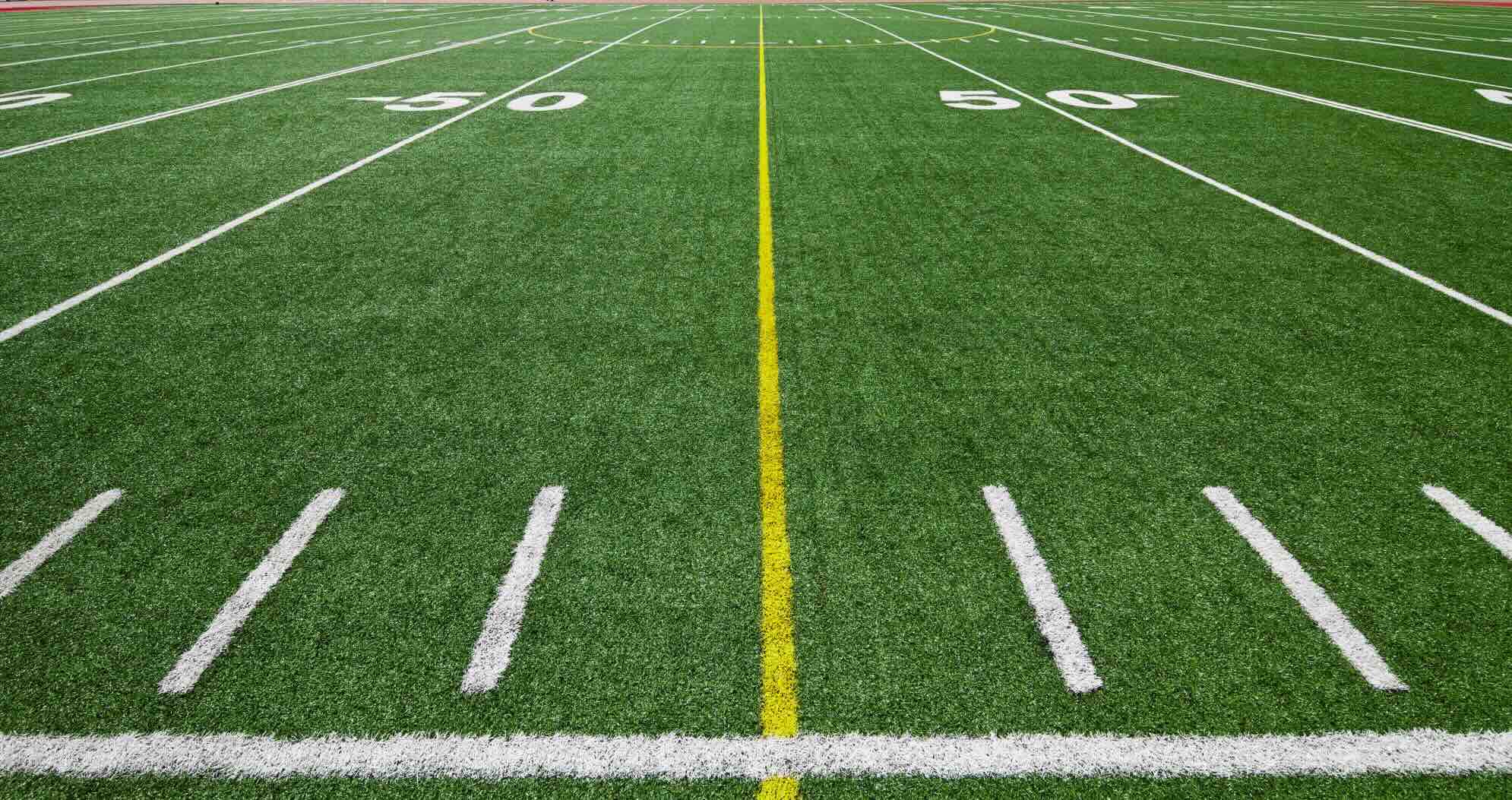
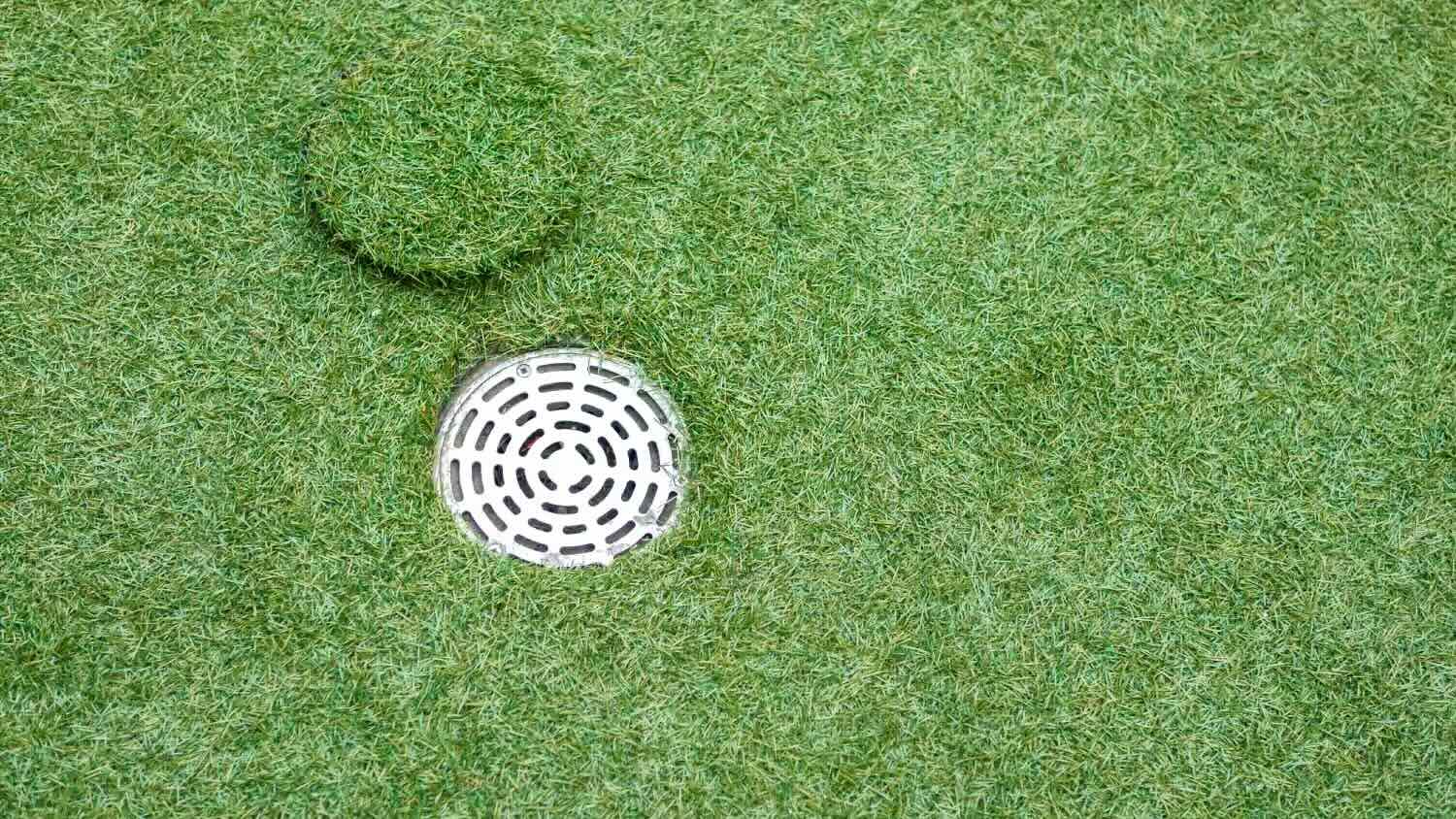
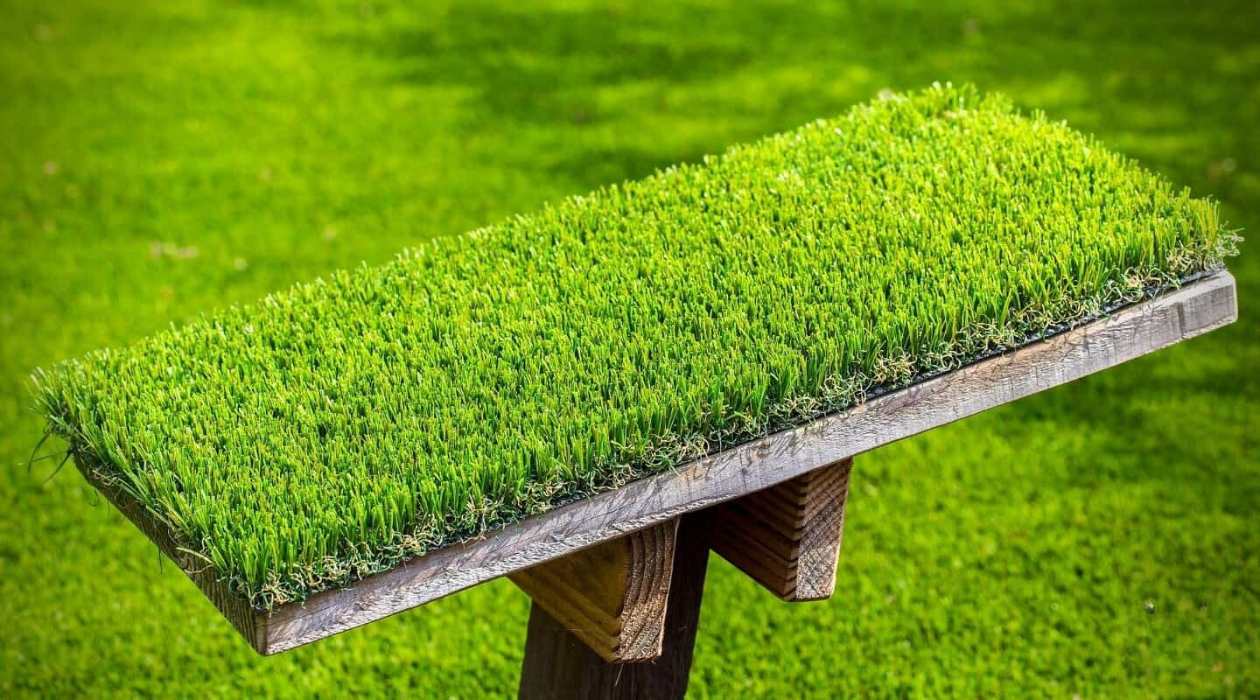
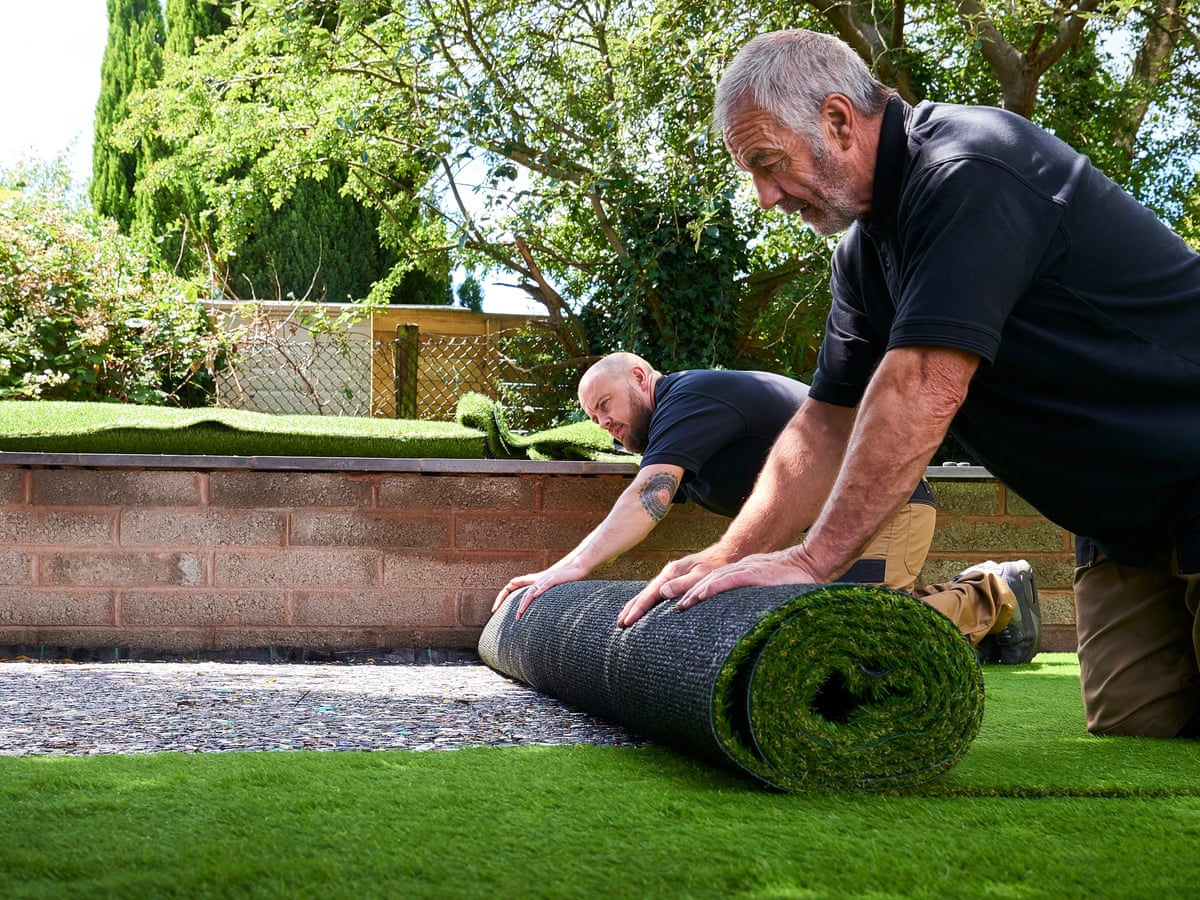
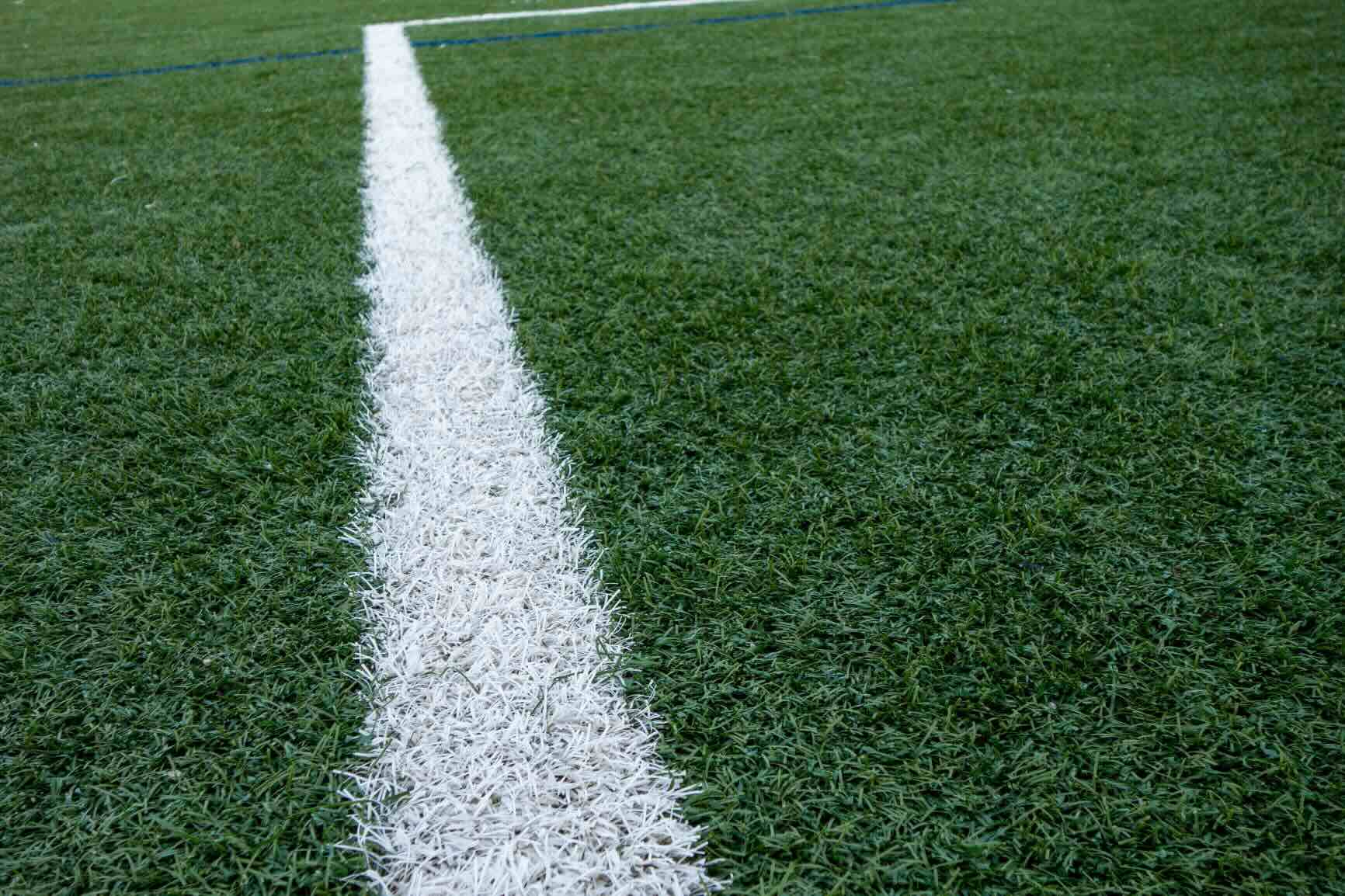
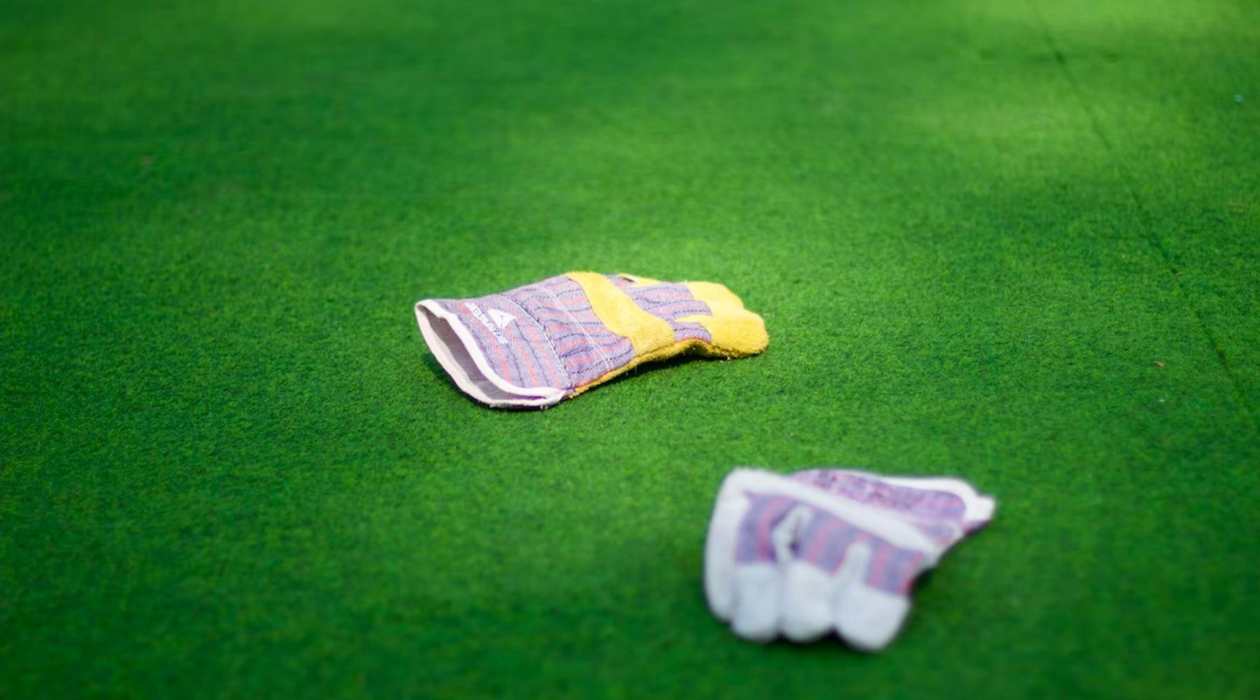
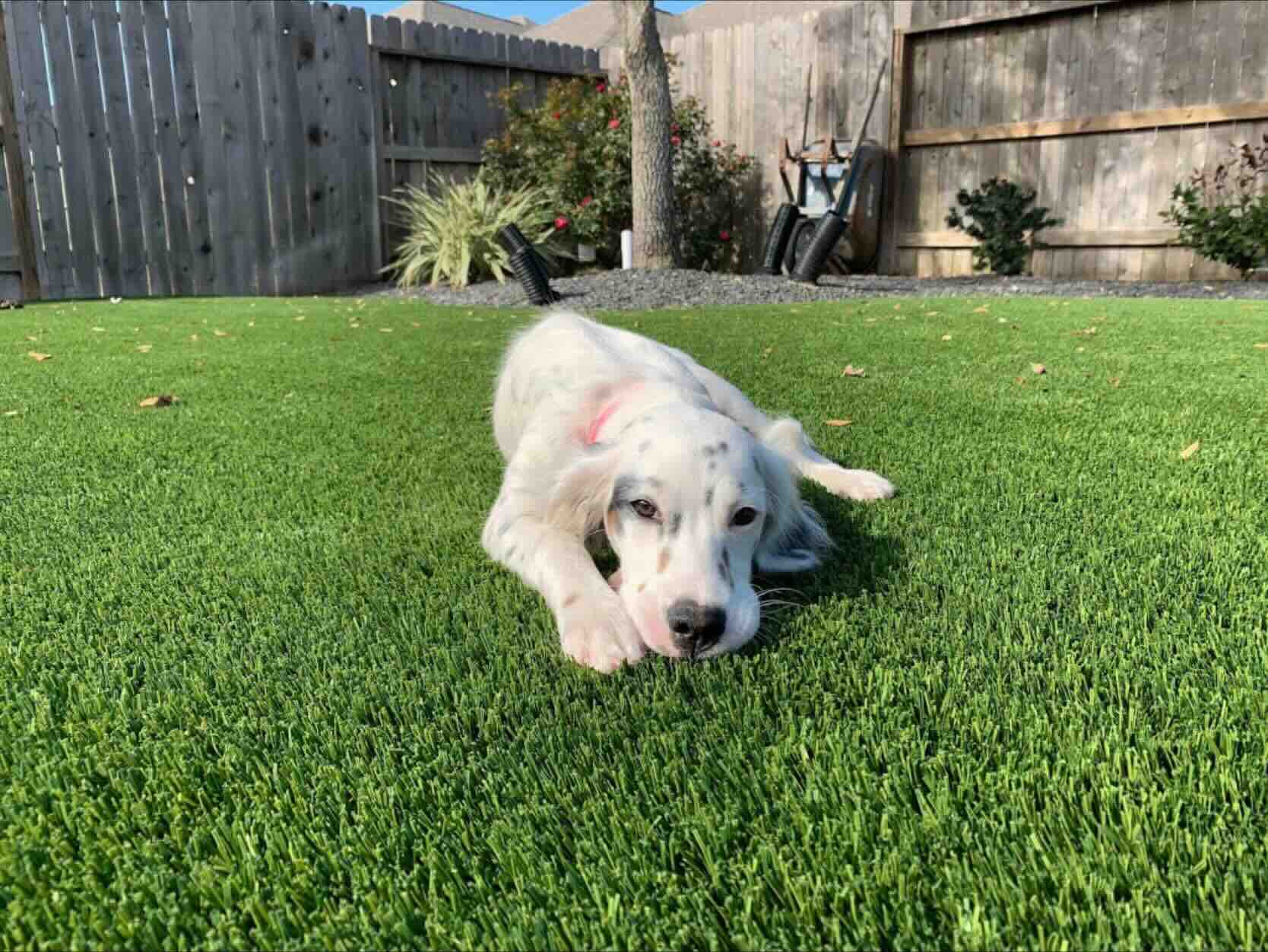
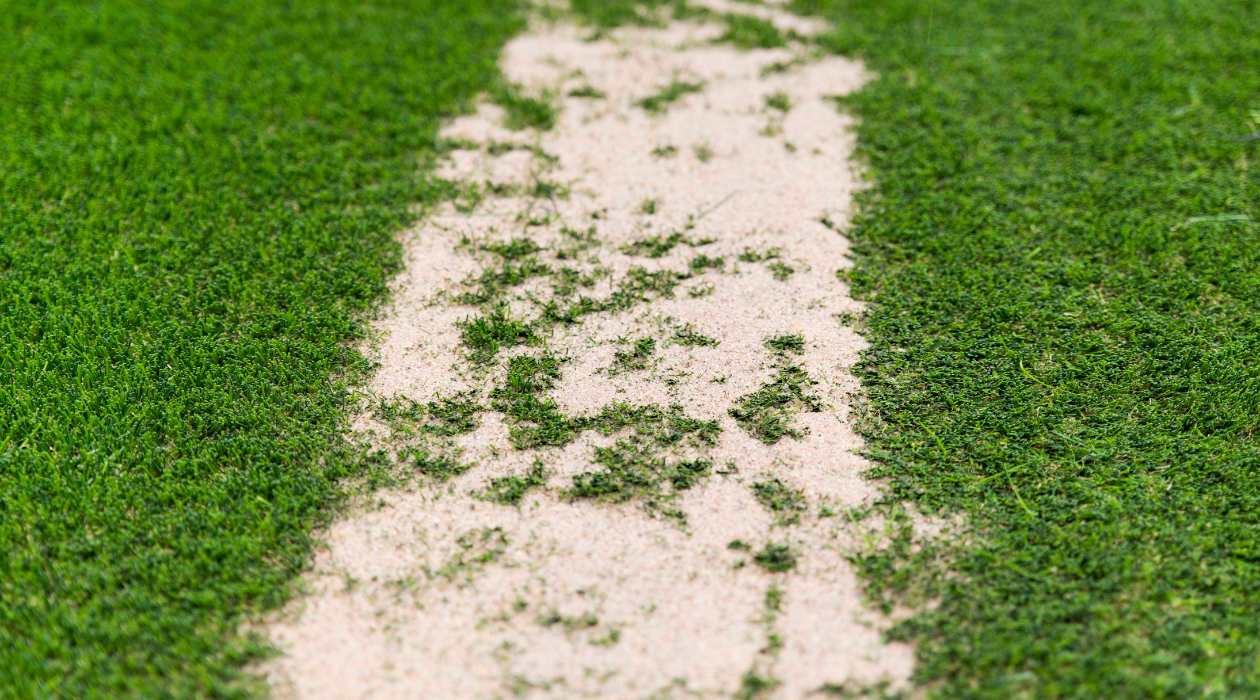
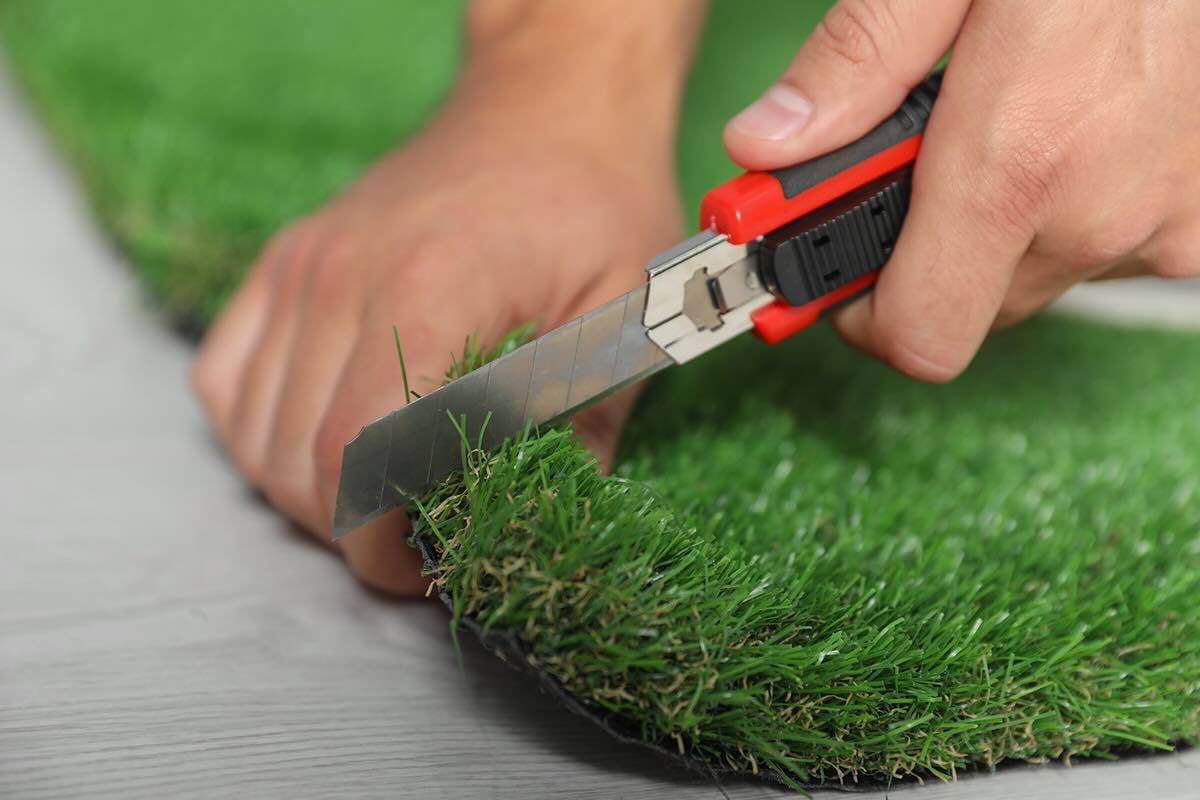
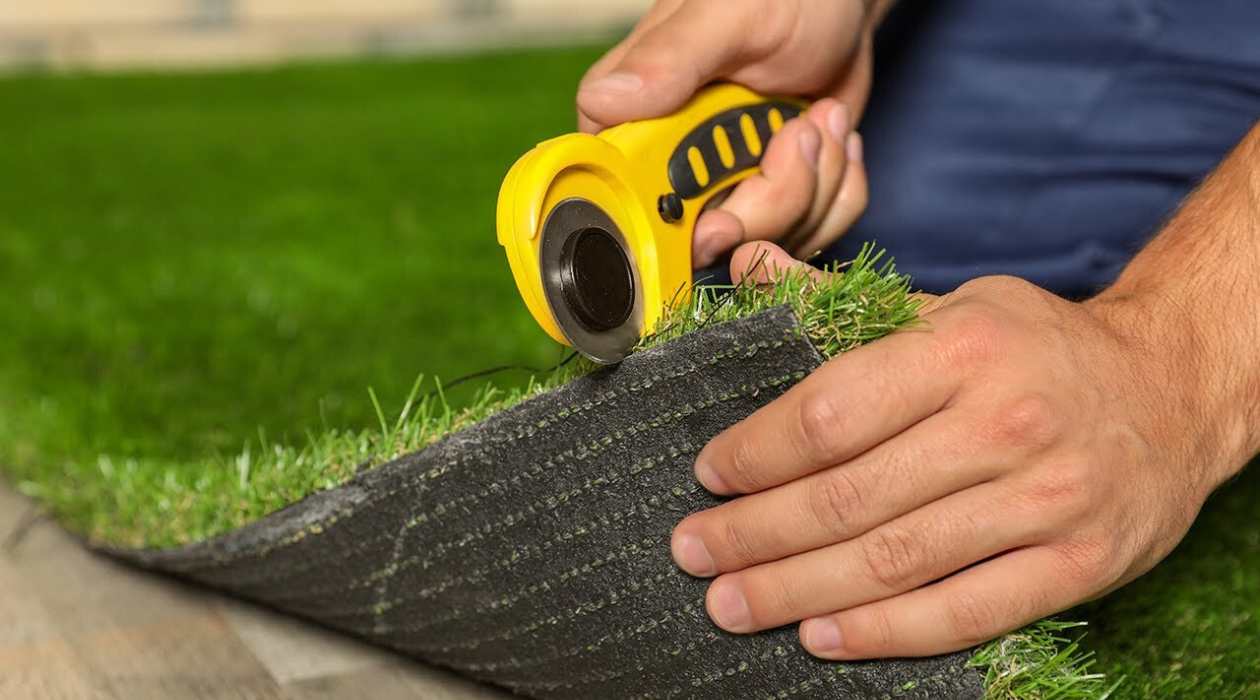
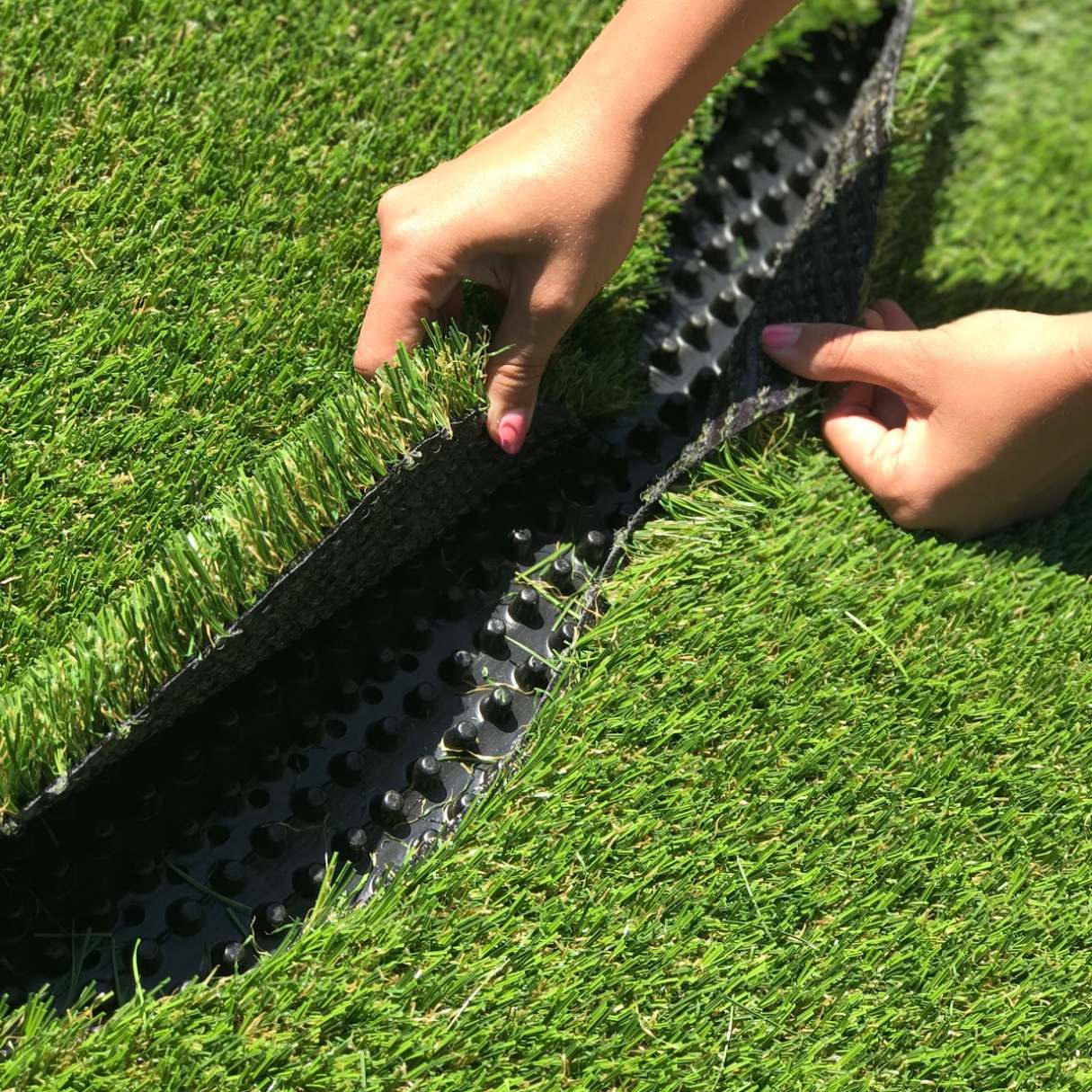
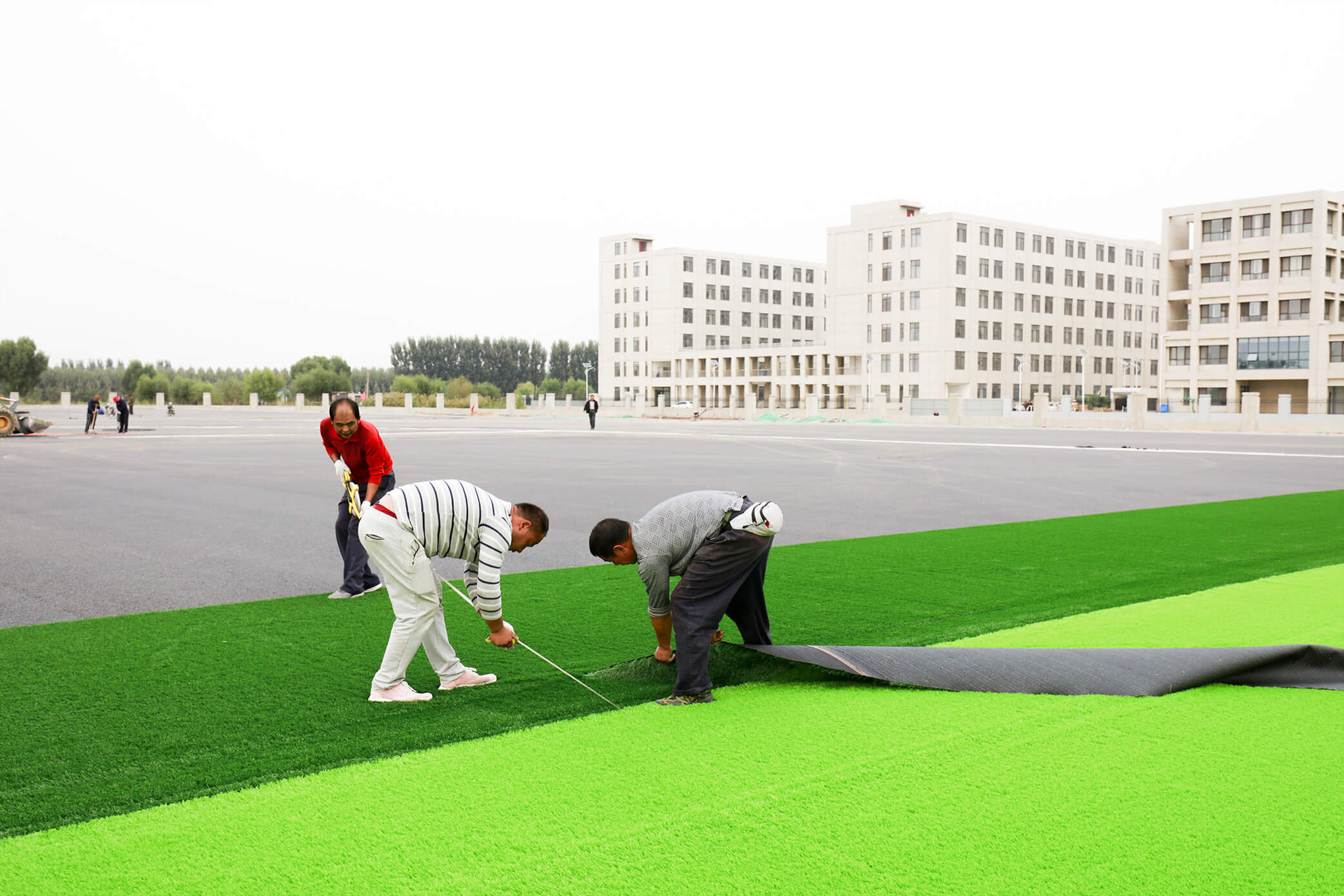
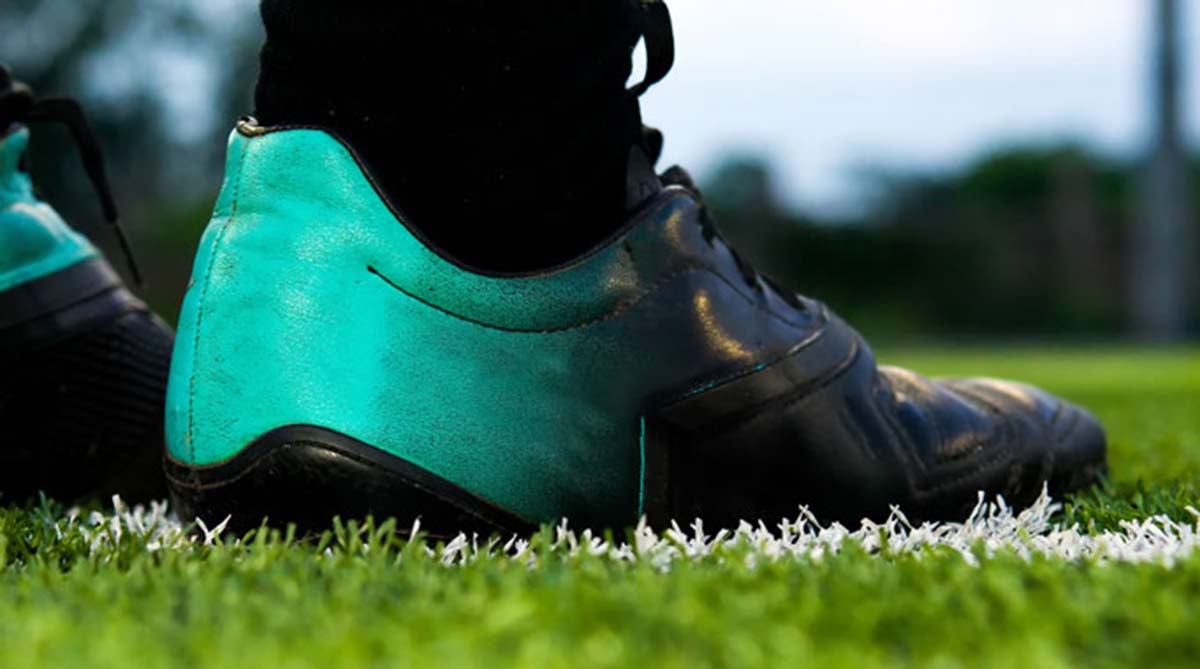
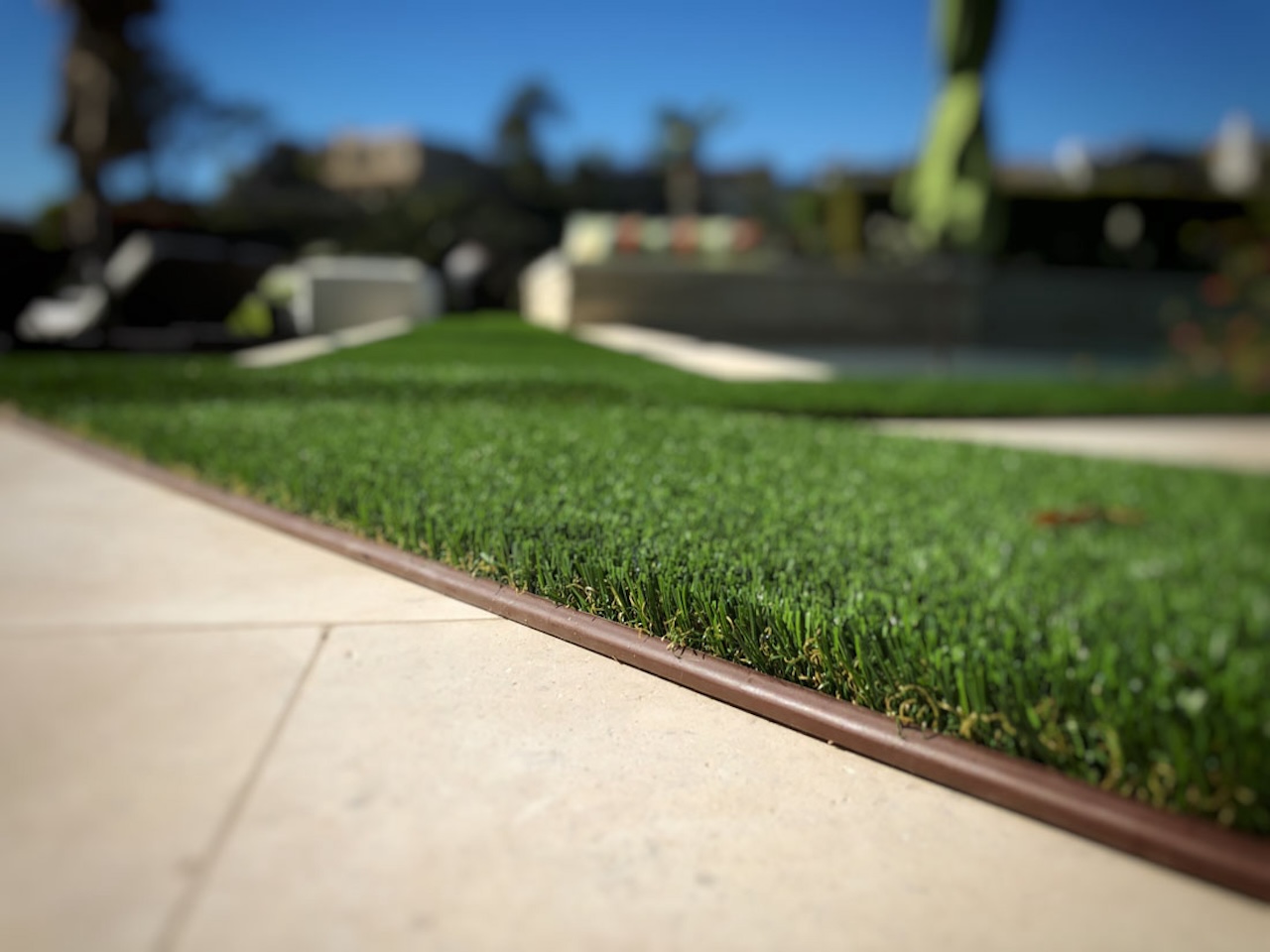

0 thoughts on “What Does Astro Turf Mean”